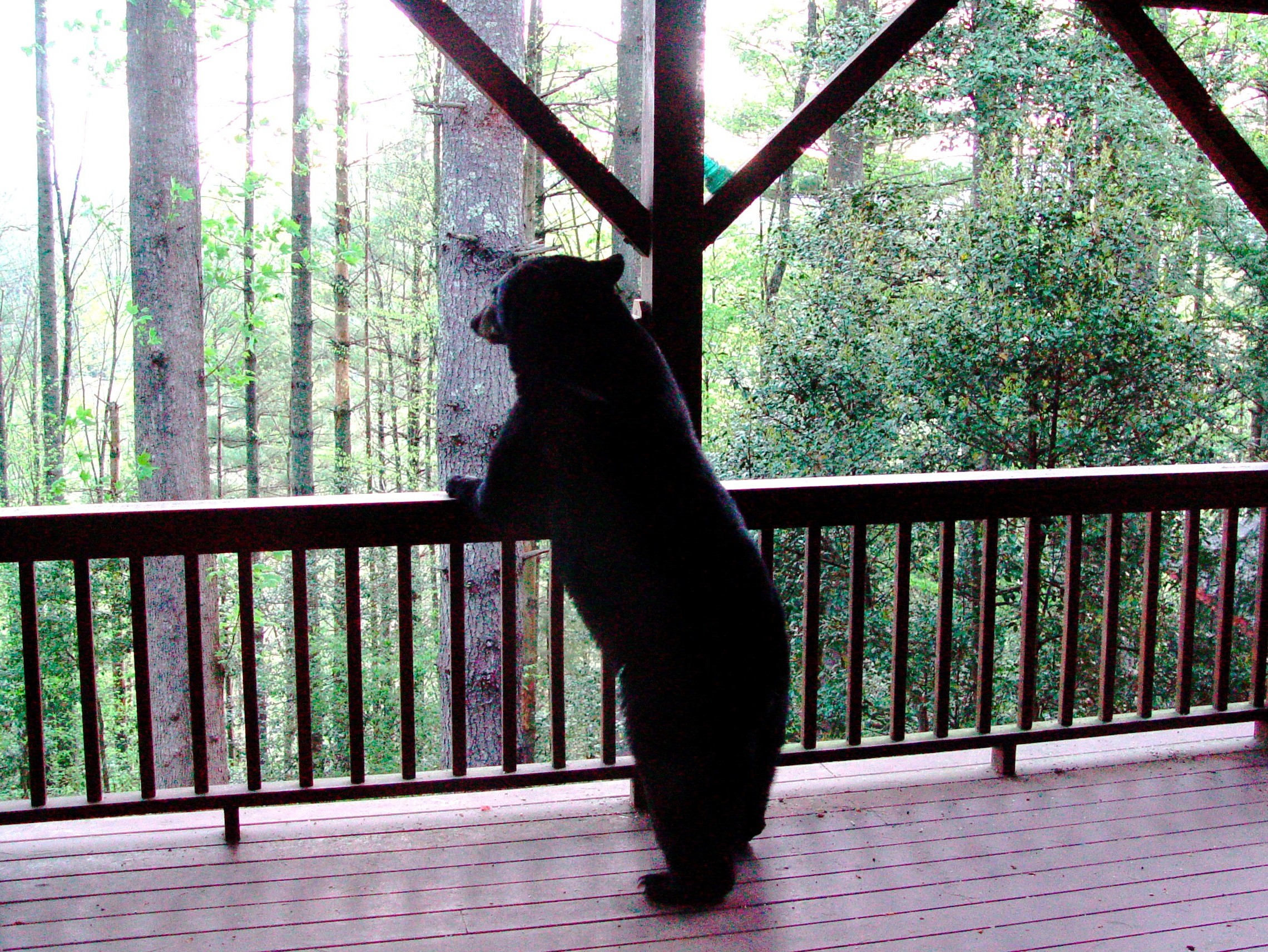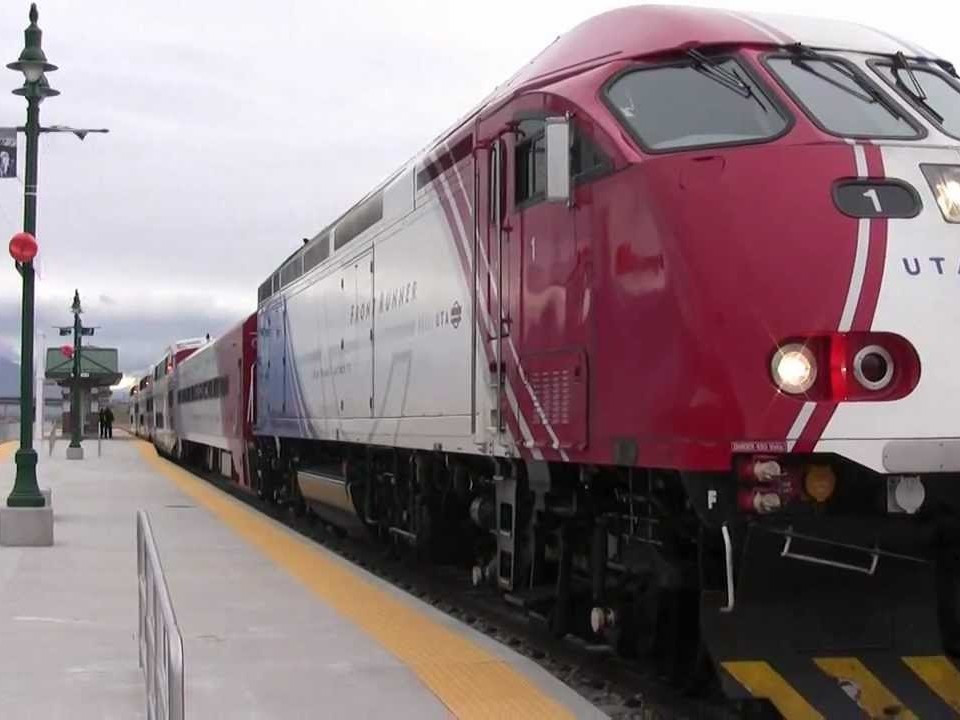In the late afternoon heat of a mid-July afternoon, Greg Montgomery smiles as he cranks up the 14-passenger van that will take a group of New Urbanism enthusiasts to four unique neighborhoods that he has been working on in the past two decades. Greg has been contemplating the question of “What to do with the 10-acre block” over the good portion of his career at the Ogden City Community Development Department. Like many cities in Utah, Ogden was founded upon the principles of the Plat of Zion that organizes the city into an orthogonal grid that has ample right of ways and long blocks.










